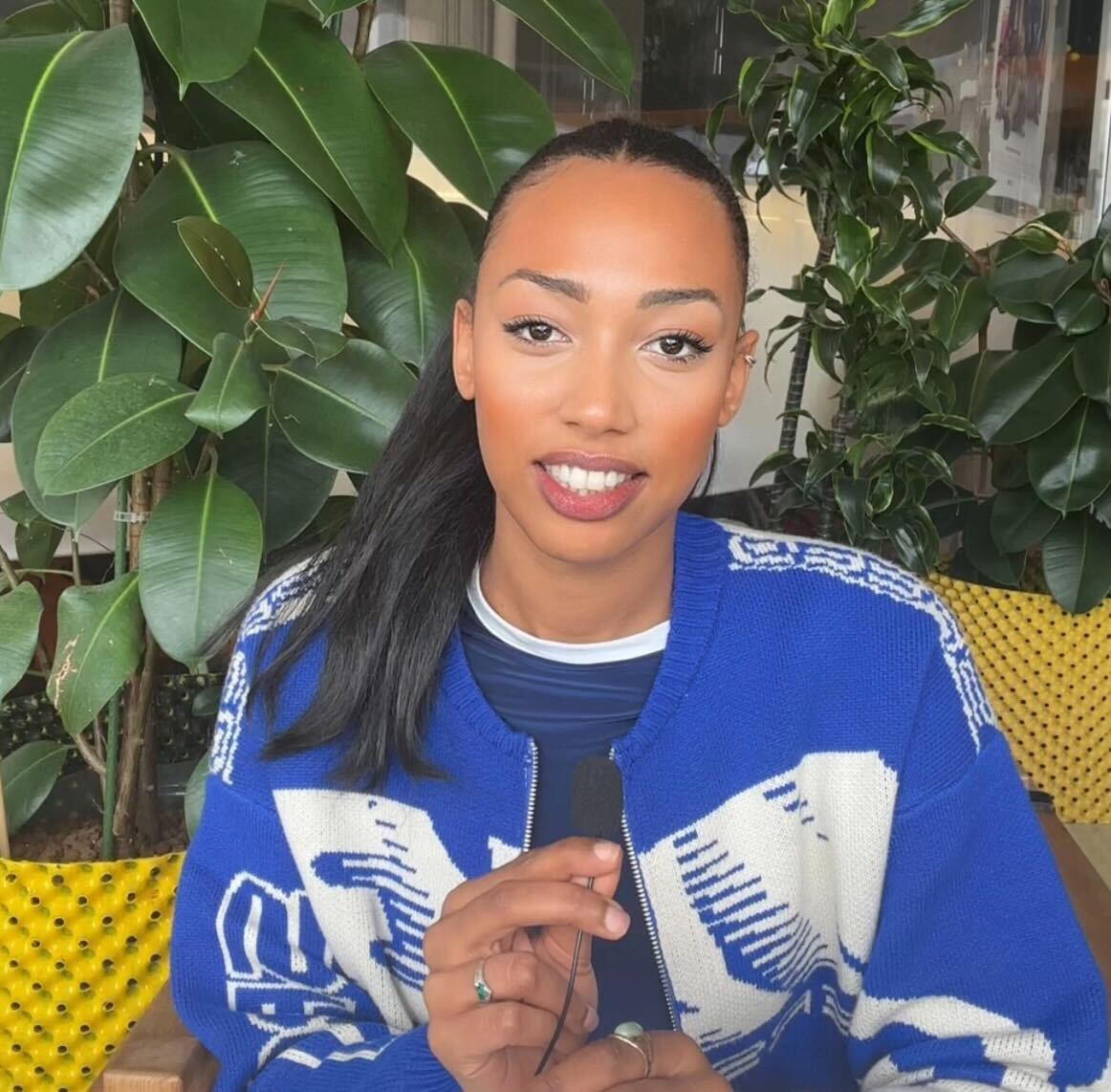The rise of purchased validation: examining the Instagram blue tick phenomenon
In the ever-evolving landscape of social media, the allure of Instagram’s blue tick verification system has captivated users seeking recognition and credibility. However, as younger generations distance themselves from the traditional notions and called benefits of Instagram—favouring the much more laid-back culture on TikTok—it begs the question: who is it that’s out there still wanting a blue tick? And why on earth would they want to go as far as to purchase one?
As I mindlessly scrolled through my Instagram feed a few weeks ago, something caught my attention—an influx of profiles adorned with the coveted blue tick verification badge. What struck me as odd was that none of these individuals were what we would typically consider famous or inside of the influencer space. Nevertheless, my entire feed became filled to the brim with verified peeps. Every Tom, Dick, and Harry was now essentially a makeshift celeb, and with that, it felt as though the allure of the blue tick faded.
It turns out that Meta, the parent company of Instagram, has been capitalising on the demand for blue ticks. Over the past few months, they have reportedly generated a staggering $660 million in revenue by selling over 440 million verifications to users. The new feature rolled out in the US on 17 March 2023, after first being introduced in Australia and New Zealand in February.
The service is available for all users who are 18 and above, and it’s ridiculously simple. You can just request a badge on Instagram through Meta Verification. It costs $11.99 per month on the web and $14.99 per month on mobile devices.
This new feature definitely raises concerns about the authenticity and credibility of the platform as it now seems to be succumbing to a culture where visibility and status can be bought. The rise of these purchased verifications highlights a worrisome trend where the value of legitimacy is overshadowed by the desire for perceived influence and recognition.
Who exactly is buying the blue verification tick?
SCREENSHOT spoke to a number of gen Zers, spanning from the lower end of 18-22 to the higher end of zillennials who are around 25-28. It was immediately evident that there were minimal instances of the lower age group purchasing Instagram verification, while users between the ages of 26 and 30 emerged as the primary buyers of blue ticks on the platform.
This finding suggests a shift in mindset among younger users who seem to definitely reject the notion that digital validation and status can be bought. Instead, their laser focus remains on apps like TikTok and Snapchat, both platforms where the overall experience goes beyond numbers and blue marker verification.
The allure of purchasing blue tick verification perpetuates a culture of comparison, where metrics like followers, likes, and now purchased verifications become the yardstick for measuring one’s self-worth. It’s almost identical to the episode of Black Mirror titled ‘Nosedive’, where the only way to gain society’s respect is by having a high likeability score on your phone—imagine the pressure when you’re having a bad day..
We sat down with Louis, a 28-year-old professional content creator and singer to chat about his motivations behind purchasing the infamous blue tick verification: “As an artist who has poured my heart and soul into music for over 10 years, I saw the blue tick verification as an opportunity to amplify my voice. It’s not about being phony; it’s about standing out in a crowded digital landscape. With the verification badge, I hope to gain the credibility I deserve, attract a larger audience, and make it easier for my supporters to discover and connect with my music.”
It’s definitely understandable why someone such as Louis would want to take advantage of this new feature in an attempt to further cement his position in the creative industry. Younger gen Zers on the hand, aren’t working with a similar mindset. In fact, they don’t consider Instagram in the same way older gen Zers do at all.
While having a conversation with my 17-year-old brother, I couldn’t help but notice the stark contrast between his Instagram profile and mine. While he has a decent number of followers, his profile is virtually empty, with only one sporadic picture that often gets deleted after a week and replaced with something more timely, until that’s deleted as well.
Curiosity compelled me to inquire about his approach to Instagram and why more and more people his age seemed to adopt a similar “strategy.”. His response was refreshingly candid: “Posting pictures is lame. No one really does that anymore. It’s all about posting stories, that’s where the fun is.”
At that moment, a realisation dawned on me. Perhaps there was truth to his words. Posting pictures, especially for the sake of seeking validation, does at times feel somewhat hollow. As someone who has a profile filled with carefully curated images, I found myself questioning the entire online concept.
The shifting dynamics of social media have prompted the youngest cohort of gen Z to explore alternative forms of expression and connection. Instagram stories are nothing new, but prioritising capturing those mini fleeting moments over longer-term grid posts is definitely something millennials haven’t fully embraced yet. It allows users to share snippets of their lives without the pressure of maintaining a polished and picture-perfect facade.
The decreasing number of younger individuals purchasing blue tick verification is a promising sign. It indicates a growing awareness of the potential negative impact on mental health it might have and subsequently a desire for more genuine and meaningful interactions in the digital realm; For those of us who fall into the older gen Z or young millennial class, it’s almost as if we’re trapped in the past. We’re still far too concerned with the old traditional concept of social media.
Social media is a multifaceted organism, and its influence varies greatly from individual to individual. In recent times, there has been a growing appeal towards experimenting with temporary stories as a means of expression.
While I am still personally attached to the tradition of posting pictures, I can’t help but acknowledge the weariness that comes with it. The constant pursuit of external validation and the fleeting nature of the interactions can leave one feeling unsatisfied. Perhaps it’s time to reevaluate our relationship with social media and seek out deeper connections.
Furthermore, the pressure to maintain a certain image or reputation can intensify when you’re so hung up on likes numbers, and followers. Those who purchase verification may feel compelled to live up to the expectations associated with that blue tick, even if their actual influence or credibility does not align with it. This can create a significant burden, contributing to anxiety, imposter syndrome, and a constant need to portray an idealized version of oneself.
As individuals, it is important to maintain a critical mindset and question the value placed on external validation. If we can all start to navigate the landscape of social media interactions while embracing our authentic selves, we might find a much lighter and more fun way to help mitigate the negative effects of this culture of purchased validation.






